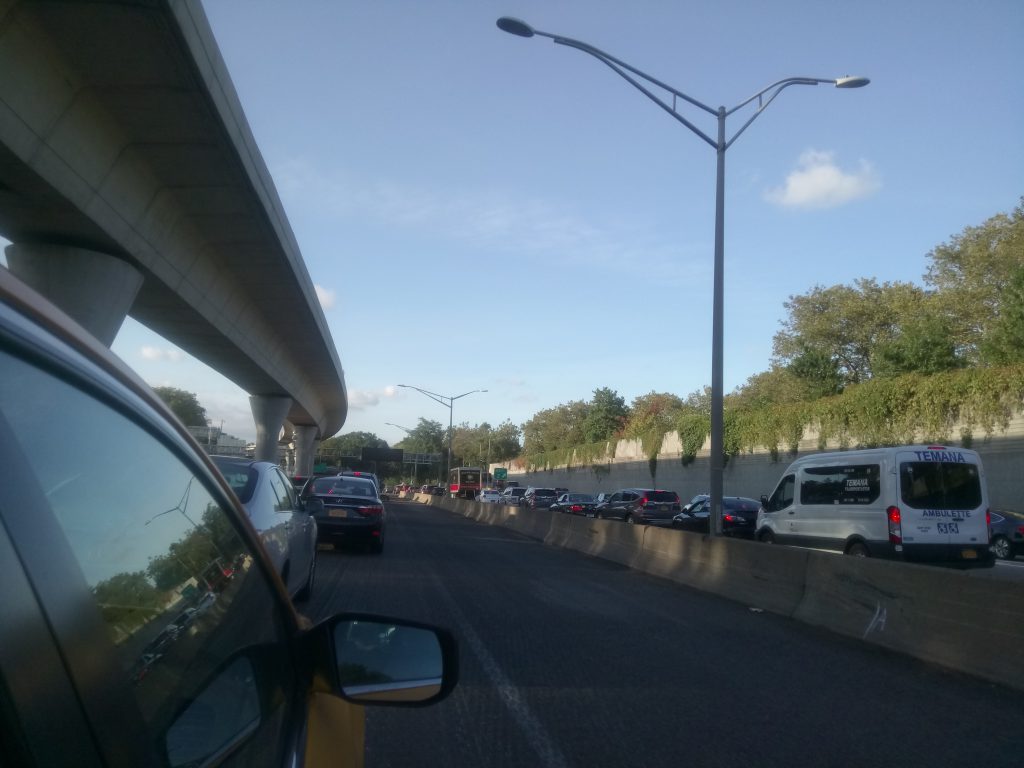
While driving in Germany the other day, a traffic situation just a little out of the ordinary got me thinking about autonomous cars and in how far they are ready for the open road.
On a not too small two-lane road, a vehicle had broken down and stood on the side of the road. There was no way to pass it without crossing into the oncoming lane, which was pretty busy, with the cars going rather fast. So what I and other drivers on my side did was slowly ease my way past the broken-down car, forcing the oncoming traffic to slow down and steer a little towards the side of their lane (they did have plenty of space). Certainly not exactly according to the rules, but the only way to avoid a very lengthy delay. An everyday occurrence in traffic.
Now, what would a driverless car have done? I can see only one option within the current paradigm, namely to wait until the lane was cleared, as passing the way I did was clearly against the rules of the road. This would have resulted in a huge tailback, inviting dangerous moves by drivers of conventional cars further back in the queue.
Where is this going? Now, in my view, there can be two solutions to enable a completely automatic car to cope with such everyday road situations without bringing traffic to a temporary standstill:
– If we create robotic cars that reliably handle this kind of real-world situation the way a human does, in interaction with humans, we will in essence have created androids or artificial life-forms (like Cmdr. Data, for the Trekkies among us), as dealing with this stuff is a little bit of what it means to be human. Not sure we can do that, or even want to.
– Much more likely, in my view, is that traffic, like so many other things (warehouses, assembly lines, voice assistants, Internet banking etc.), will be transformed into a laboratory environment, where it is easy for robots to work, but any human and other real-world interaction with them must take place on their terms. For traffic, this also means that manual driving must be prohibited altogether, so that nobody in the inevitable queue in my example loses their nerves and swerves into the oncoming robot traffic, which would not know to give way flexibly.
We can see this “laboratory” environment at work already in driverless airport trains, for instance*. In a Swiss motoring magazine I saw an article demanding that street signage be designed with robotic cars in mind. Going down this road will be very costly, but might bring benefits in efficiency and safety. Let’s for the moment just assume that the benefits (beyond fascination with technology for its own sake) will actually be worth the cost.
Still, do we want this? To me the answer is no. Automatic functions in cars, sure, but to transform a large part of the infrastructure of human society into an environment where only robots would be truly at home is a nightmare idea.
What do you think?
*By the way, almost all SF films and series presume the first solution, as in all of them, the heroes still pilot their vehicles/gliders/spaceships/whatever themselves.
